Vanessa most recently conserved a carton box from a Kodak No.1 Brownie camera from the Kodak Collection.
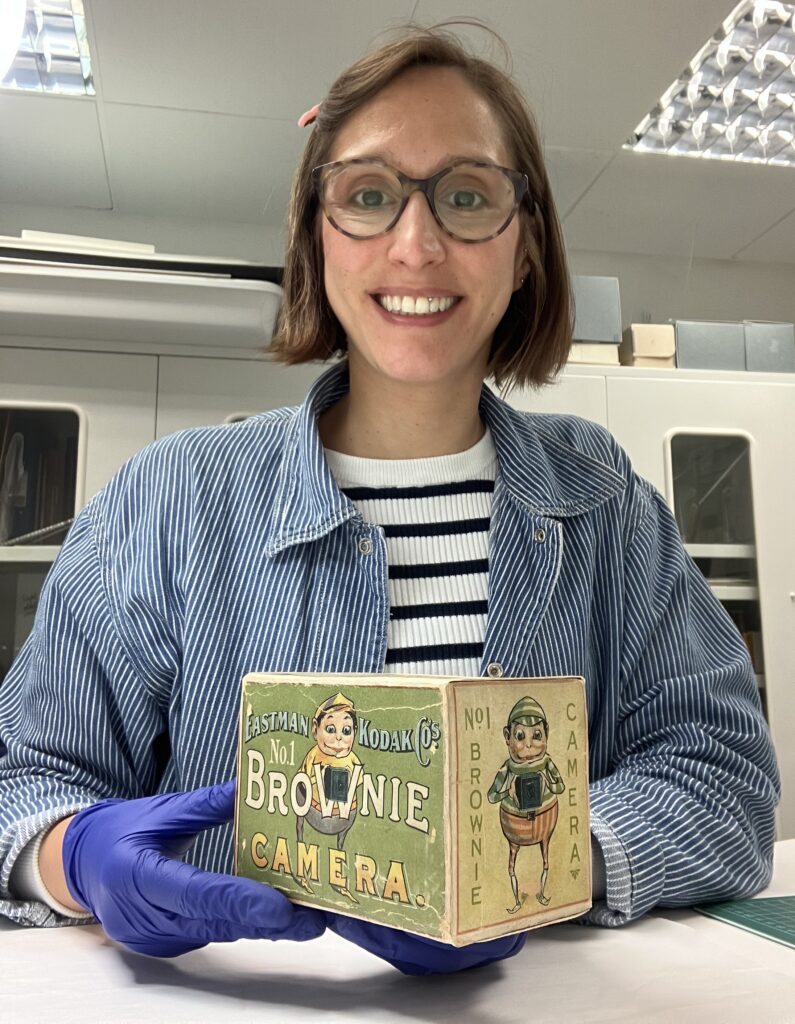
This Model B camera box has irresistibly bright and enticing colours, alongside the playful design with the fairy-like brownie character. The iconic Brownie cameras changed the wait people perceived and used photography in their lives—they were cheap and easy to use and initially marketed for children, helping to make photography more accessible to everyone.
The box was manufactured sometime between 1908 and 1915. It is made of thin cardboard and printed with bright colours using lithography.

It is quite small and light in size—93mm high, 80mm wide, 128mm long and 0.4kg—and it would have been fairly well-handled over its 100 years of being. Naturally, this box became structurally fragile with signs of wear and tear in keeping with its age and use.
The edges of the box were delaminating, some areas were flaking and becoming loose. There are cracks, creases, indentations and loss to the surface image at places. A closure flap had become detached, and others had been kept in place with the use of double-sided tape.
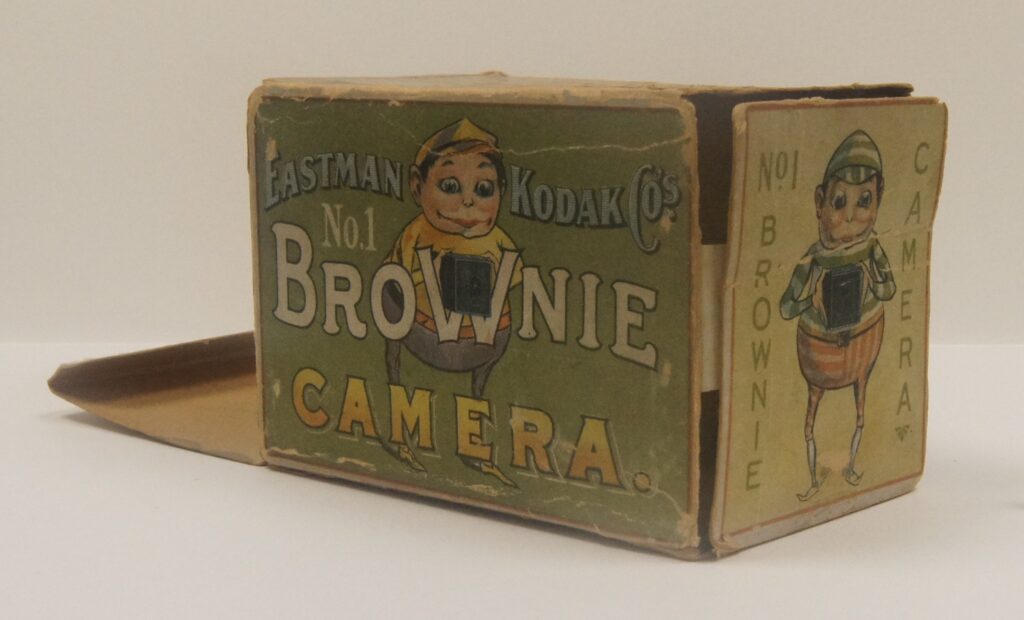
The aim of the conservation treatment was to return the structural stability of the object and allowing safer handling for its future. To enable this, Vanessa carried out a surface clean, removed old adhesive, re-adhered areas of loss and consolidated flaking and brittle areas.
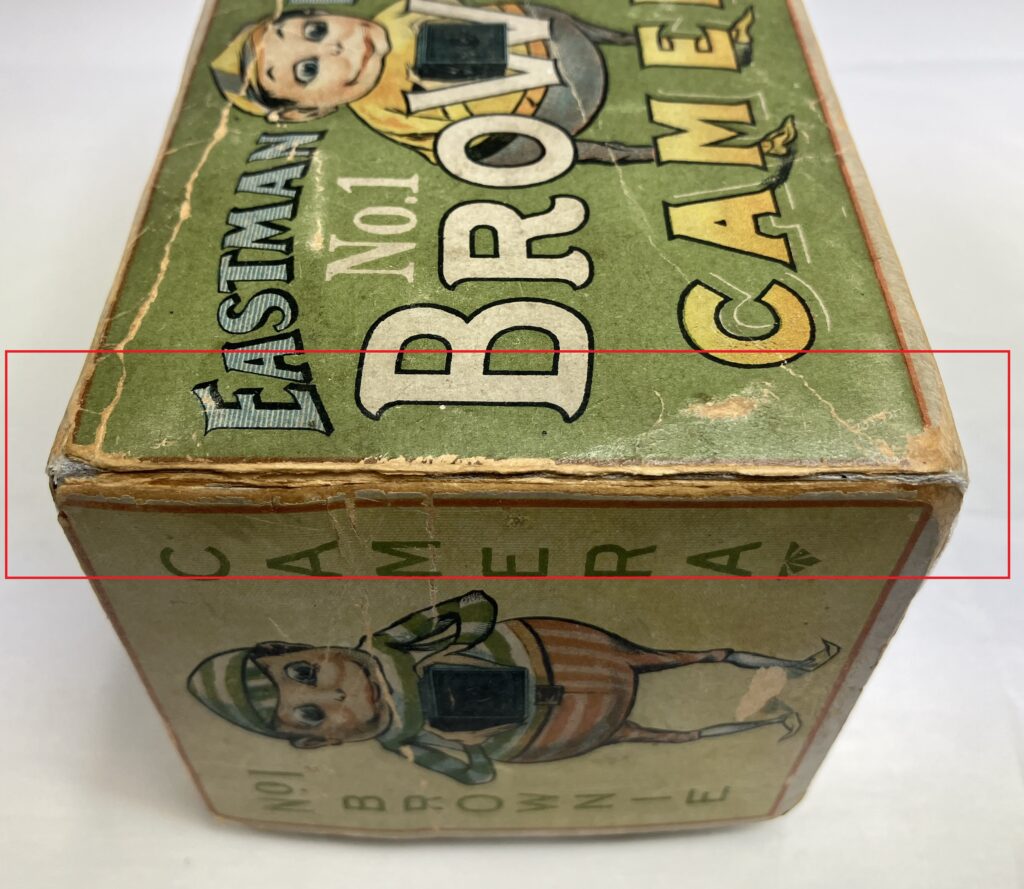
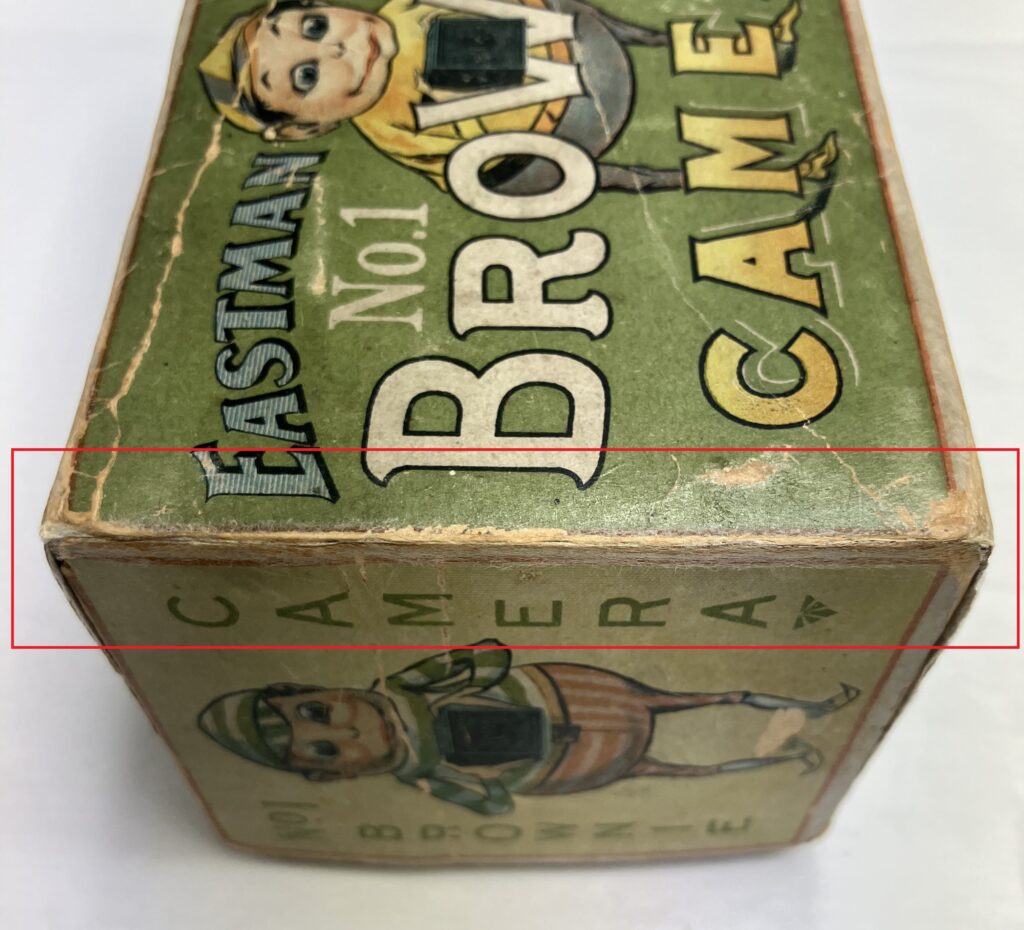
Following the ethics of conservation practice, all materials used are inert, reversible and could be removed. The areas of loss of image, indentations, cracks and creases were not altered or minimised, acknowledging the object’s age and use.
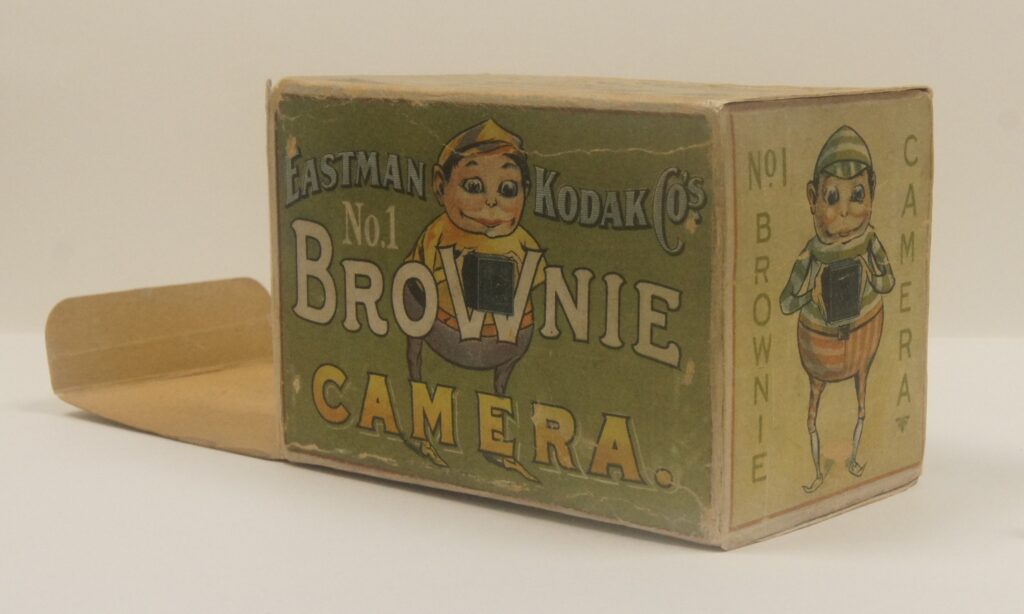
With a range of exciting cameras and photographic equipment to choose from in the collection, Eleanor found it tricky to choose something from her work to highlight for World Photography Day. When she came across this set of wet-plate process chemicals housed in a leather case, she knew it was the one!
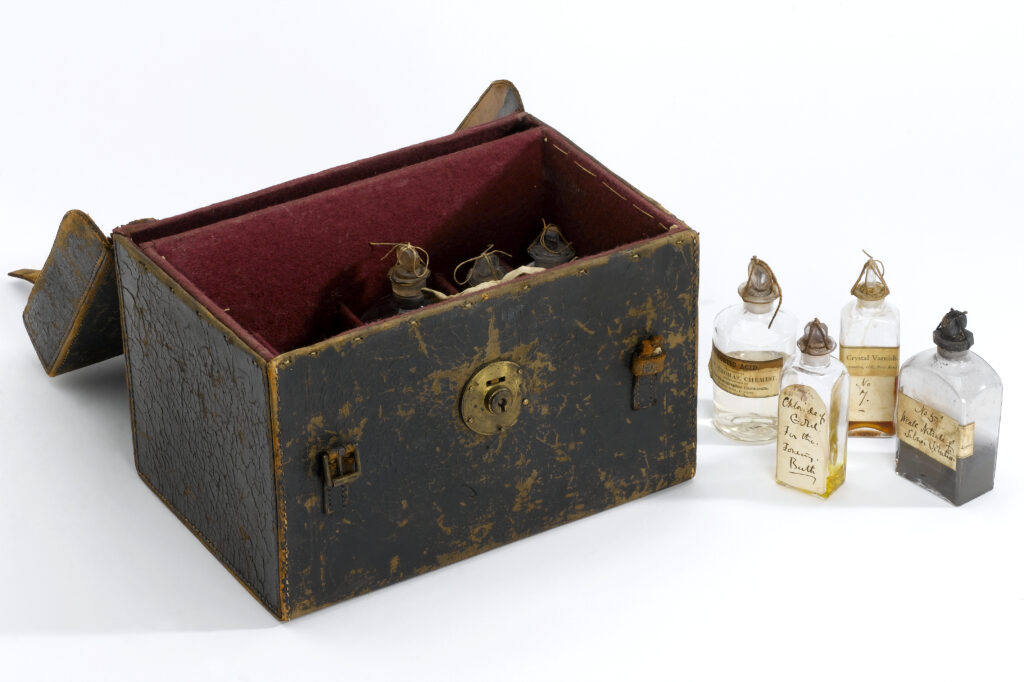
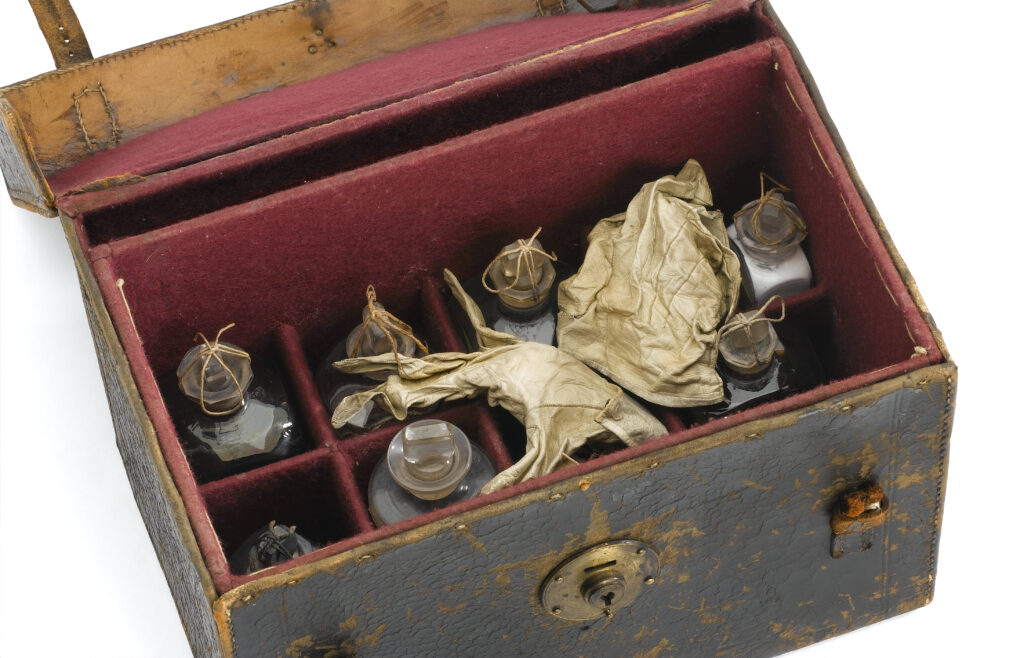
The case contains a variety of chemicals used in the production of early photographs and a pair of leather gloves. The case’s surface is cracked, the straps are damaged, it’s displaying the characteristic orange of red rot (a form of leather deterioration) and the hinge is splitting. Additionally, the once supple gloves are now crispy, dry and deformed.
While undertaking the initial condition report and hazard assessment, it was decided to have a few of the bottles emptied and disposed of professionally, in order to mitigate the flammable nature of some of the chemicals. This enabled staff and visitors to be kept safe.
With the safety aspects addressed, it was time to get started on the treatment, and this week, Eleanor has been working on the gloves.
To coax the gloves back into a more recognizable and less brittle condition, Eleanor decided to humidify them. This introduces some moisture back into the leather to make them more flexible.
She set up a plastic box as a humidification chamber and fitted it with a few different layers of materials. These layers allow the introduction of water vapour without letting liquid water touch the gloves, as there was a possibility that it could stain the leather.
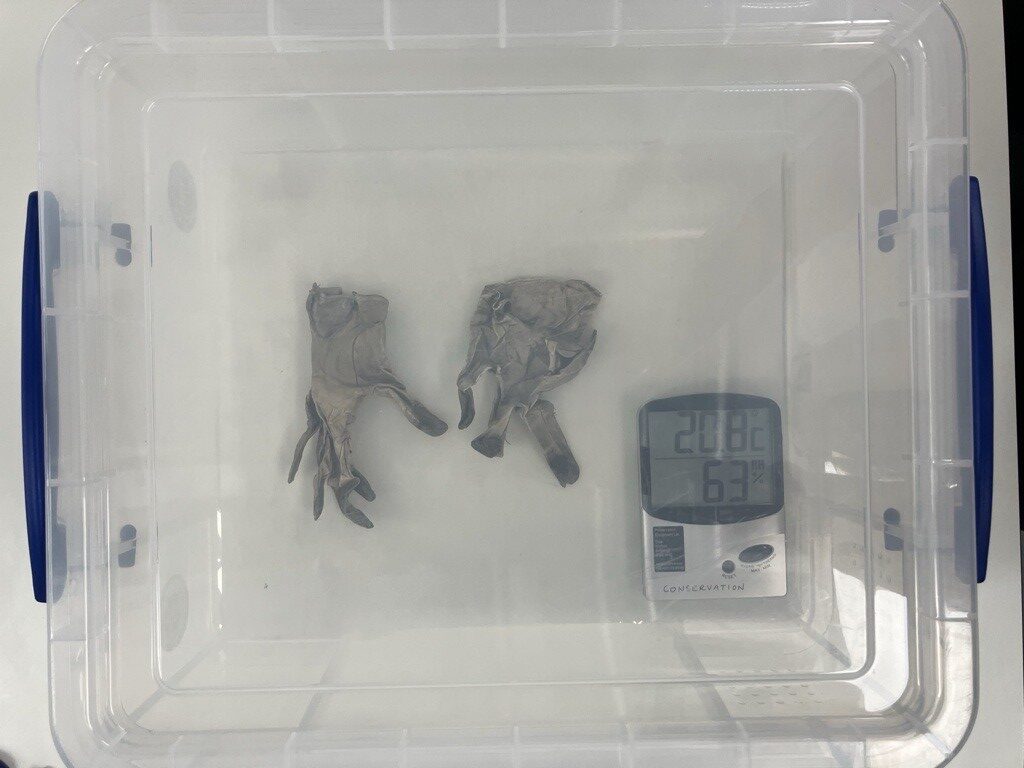
In this instance, a damp piece of blotting paper was used as the source of water to create a humid atmosphere in the box, with layers of flexible plastic sheet above to prevent the gloves touching wet paper. The gloves were left in there for the whole day in order to gradually relax and become more supple.
After a day of slow humidification, the gloves had softened enough to insert some inert padding to coax them into a more natural shape. However, the fingertips were still crisp and so more humidification is still necessary.
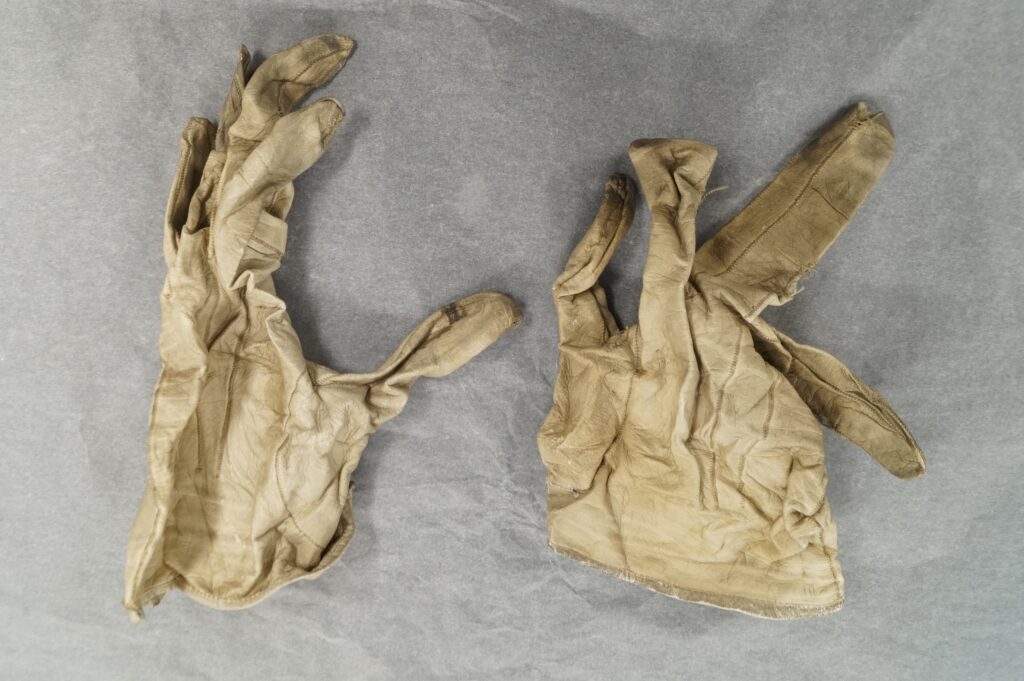
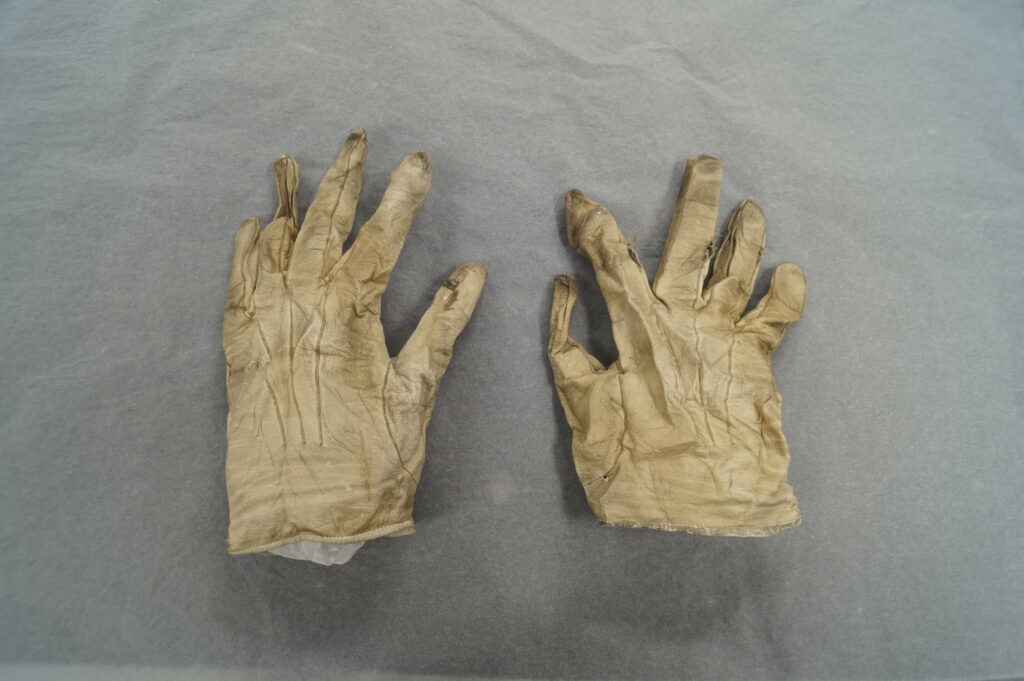
After treatment, these gloves will be given their own storage box to keep them supported and protect the delicate leather.
The next task will be tackling the case itself, by supporting the damaged hinge and consolidating the flaking and powdery leather.